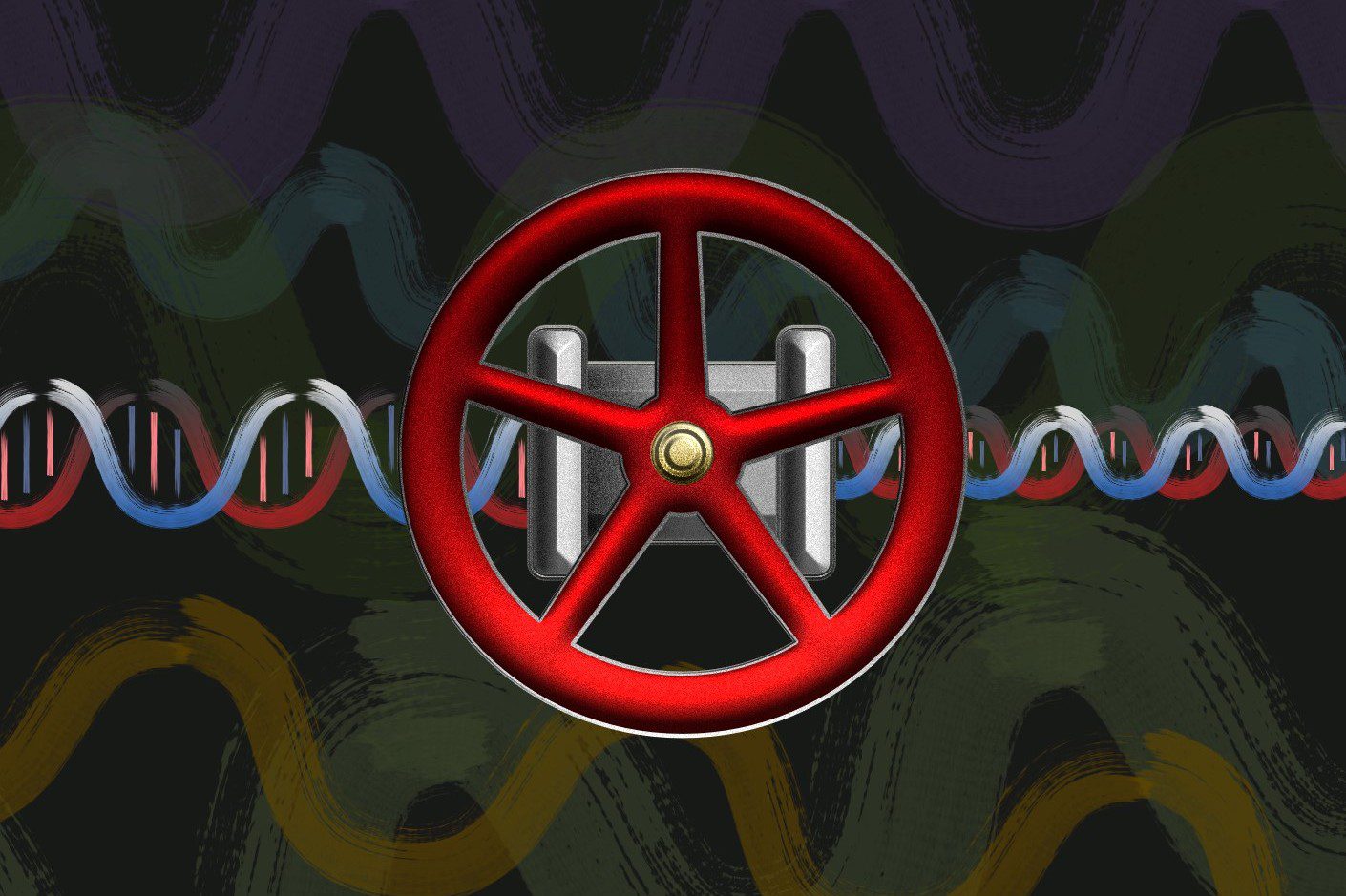New biological components developed by scientists at the University of Bristol can alter the flow of cellular activities along DNA.
The scientists provide new insights into how information is encoded in DNA and new tools for developing sustainable biotechnologies, in the research published in the journal Nature Communications. Transcriptional terminators tell RNA polymerases (RNAPs) when to stop transcribing and dissociate from DNA. Because termination is random, two types of transcripts might be generated: one ends at the terminator, and the other reads through. Controlling the amount of these transcript isoforms would allow bioengineers to govern multi-gene constructions at the transcriptional level.
Microorganisms are essential for human life despite being invisible to the naked eye. They work by utilizing DNA, sometimes known as the “code of life.” DNA encodes a variety of tools that may be valuable to humans, but we don’t yet have a perfect knowledge of how to decipher DNA sequences.
“Understanding the microbial world is tricky. While reading a microbe’s DNA with a sequencer gives us a window into the underlying code, you still need to read a lot of different DNA sequences to understand how it works. It’s a bit like trying to learn a new language, but from only a few small fragments of text” spoke Matthew Tarnowski, the first author of the paper.
To solve this challenge, the team focused on how the information stored in DNA is read, particularly how the flow of biological activities along DNA is regulated. Many of a cell’s essential processes are orchestrated by these biological information flows, and the capacity to change them would provide a mechanism to direct cellular activity.
The scientists focused on how these flows may be managed by developing “valves” to adjust the flow from one section of DNA to another, drawing inspiration from nature. It is known that DNA flows are frequently complicated and interconnected.
Image Source: Massively parallel characterization of transcript isoforms using nanopore-based direct RNA sequencing.
Dr. Thomas Gorochowski, a senior author and Royal Society University Research Fellow at the University of Bristol, said: “Similar to a valve that controls the rate that a liquid flows through a pipe, these valves shape the flow of molecular processes along DNA. These flows allow cells to make sense of the information stored in their genomes, and the ability to control them enables us to reprogram their behaviors in useful ways.”
New biological components are notoriously time-consuming to design. To get around this, the researchers used technologies that allowed them to rapidly assemble numerous DNA components in parallel and a sequencing tool based on ‘nanopores,’ which allowed them to analyze how each element operated simultaneously.
Dr. Gorochowski further said “The key to unlocking our capacity to efficiently build biological valves was to take use of the unique properties of nanopore sequencing. Rather of manufacturing and testing a few at a time, we could assemble and test thousands in a mixed pool, which would allow us to dissect their design guidelines and get a deeper understanding of how they function.”
The authors further illustrate how valves may be used to regulate other biological components in the cell, potentially allowing for simultaneous control of several genes and complicated genome editing in the future.
The team is looking forward to ensuring the ethical use of this technology in the future. Dr. Mario Pansera, a distinguished researcher from the University of Vigo, Spain, said: “Now that they have crafted these tools, a big question is how they can be used responsibly and equitably in the real world. Post-growth entrepreneurship offers useful approaches for imagining more deliberative and inclusive ways to put such technology at the service of people.”
Story Source: Tarnowski, M.J., Gorochowski, T.E. Massively parallel characterization of engineered transcript isoforms using direct RNA sequencing. Nat Commun 13, 434 (2022). https://doi.org/10.1038/s41467-022-28074-5
https://www.bristol.ac.uk/news/2022/january/dna-valves.html
Background Image Source: DNA valve controlling molecular processes along DNA
Image Credit: Thomas Gorochowski, https://www.bristol.ac.uk/news/2022/january/dna-valves.html
Dr. Tamanna Anwar is a Scientist and Co-founder of the Centre of Bioinformatics Research and Technology (CBIRT). She is a passionate bioinformatics scientist and a visionary entrepreneur. Dr. Tamanna has worked as a Young Scientist at Jawaharlal Nehru University, New Delhi. She has also worked as a Postdoctoral Fellow at the University of Saskatchewan, Canada. She has several scientific research publications in high-impact research journals. Her latest endeavor is the development of a platform that acts as a one-stop solution for all bioinformatics related information as well as developing a bioinformatics news portal to report cutting-edge bioinformatics breakthroughs.






